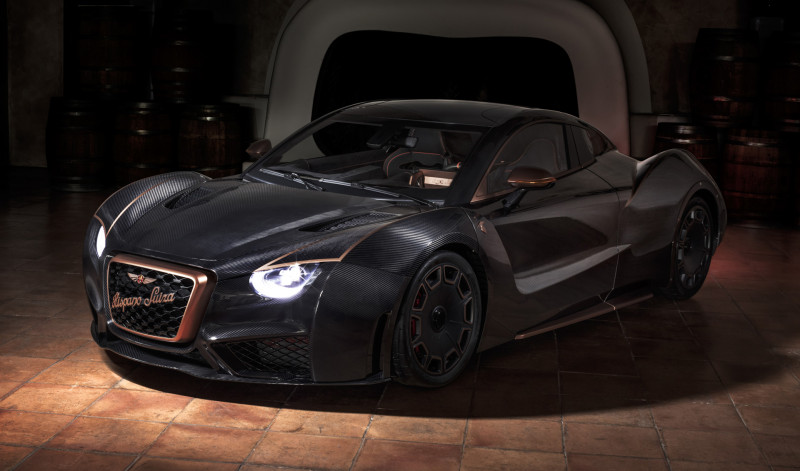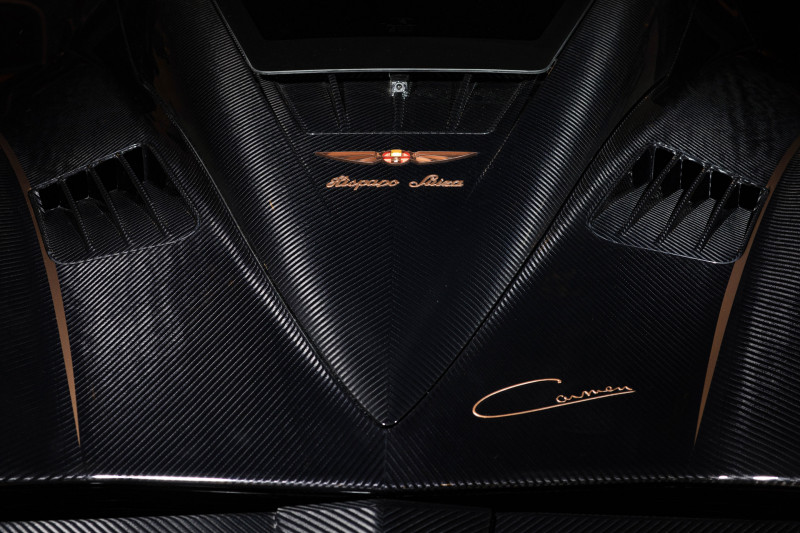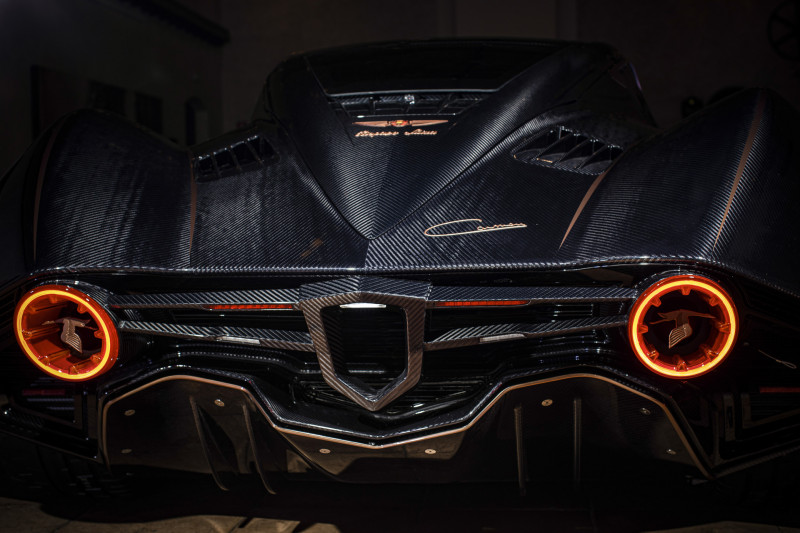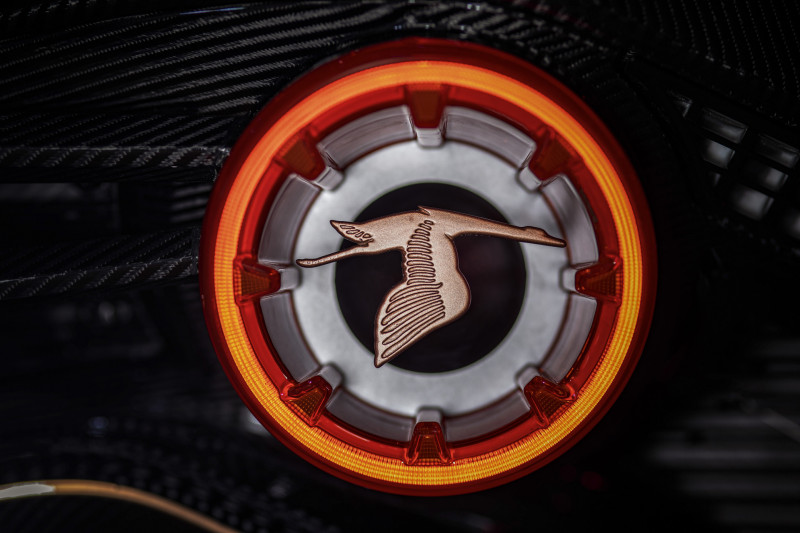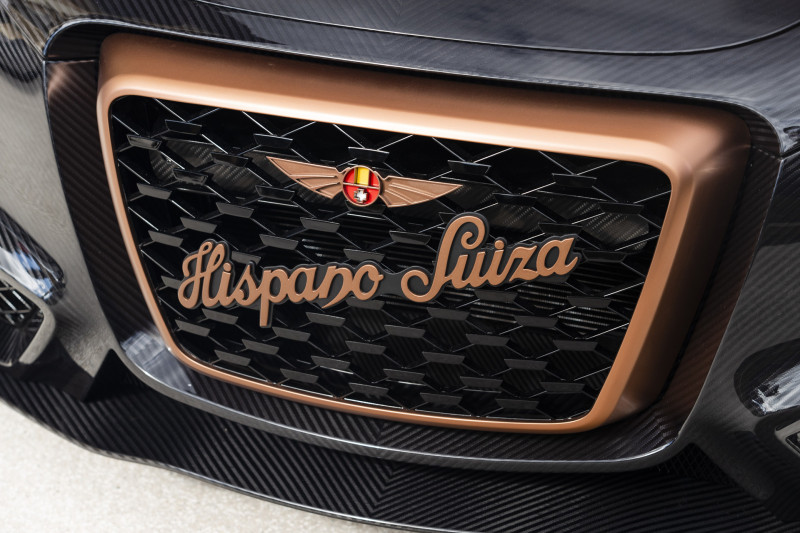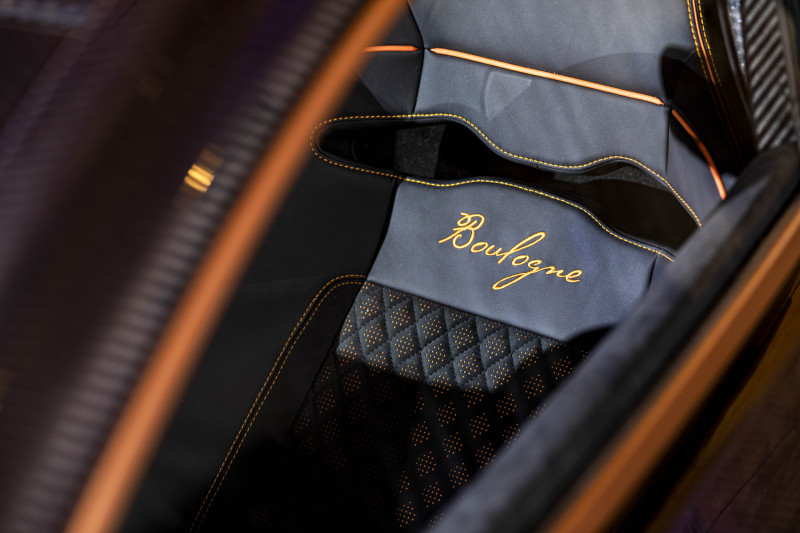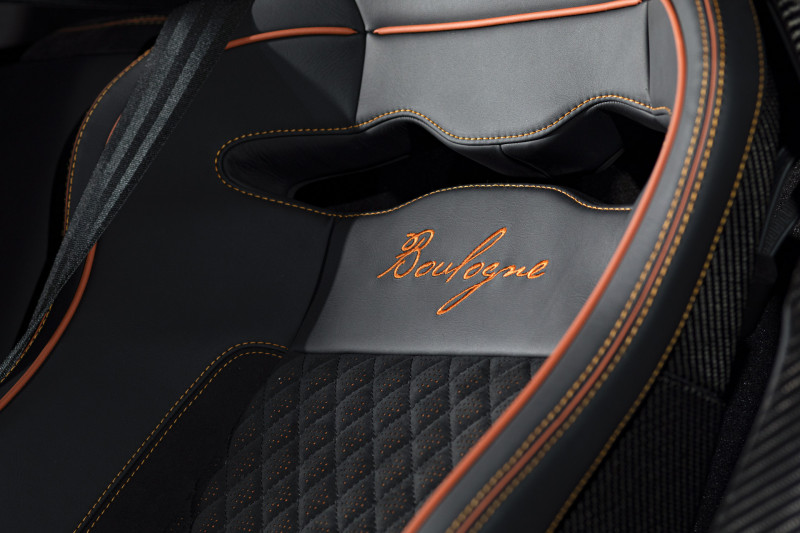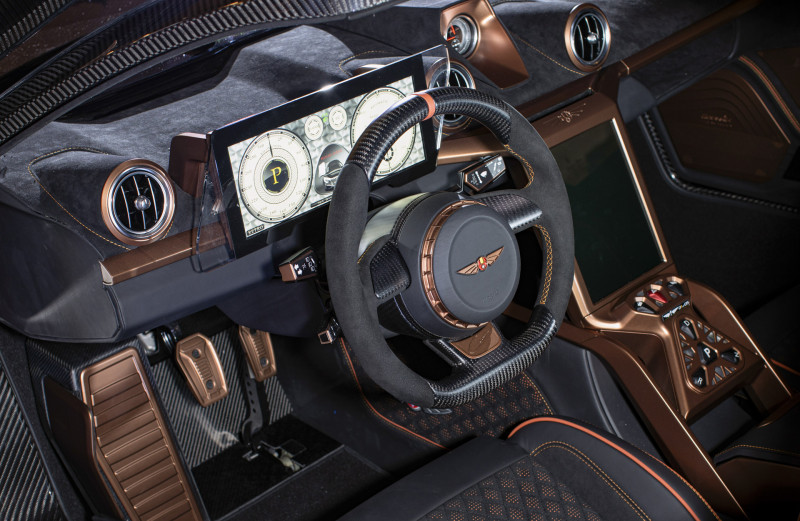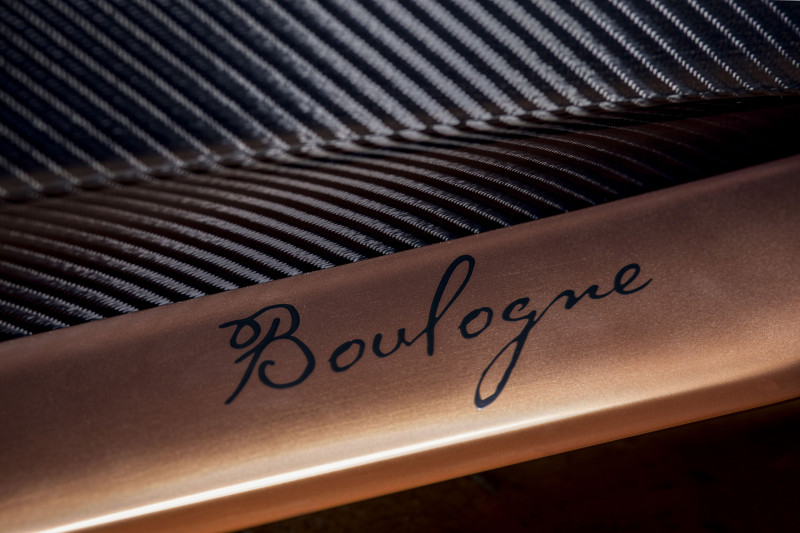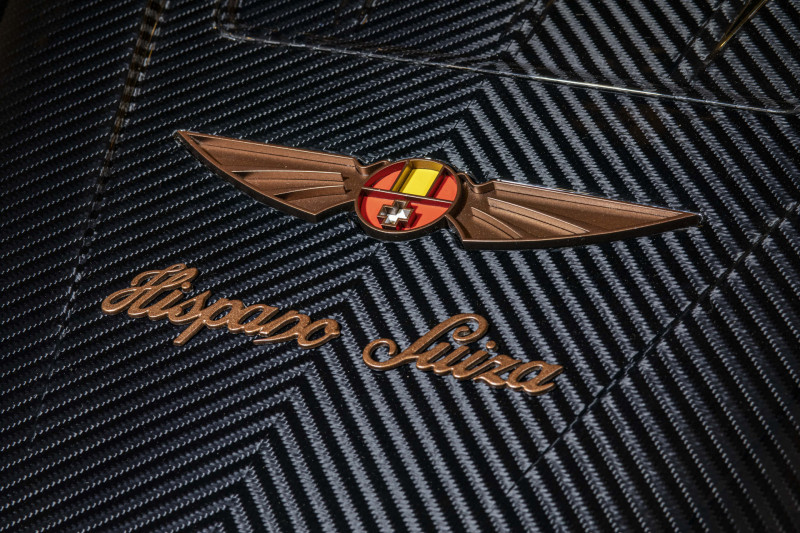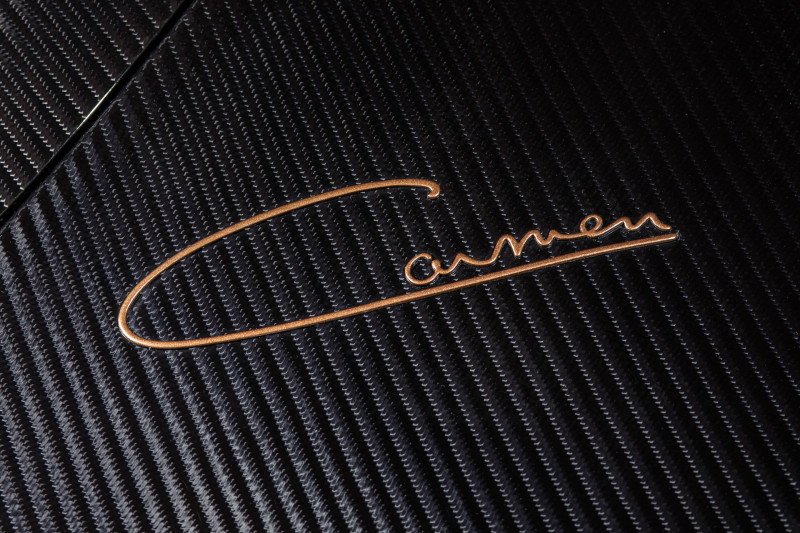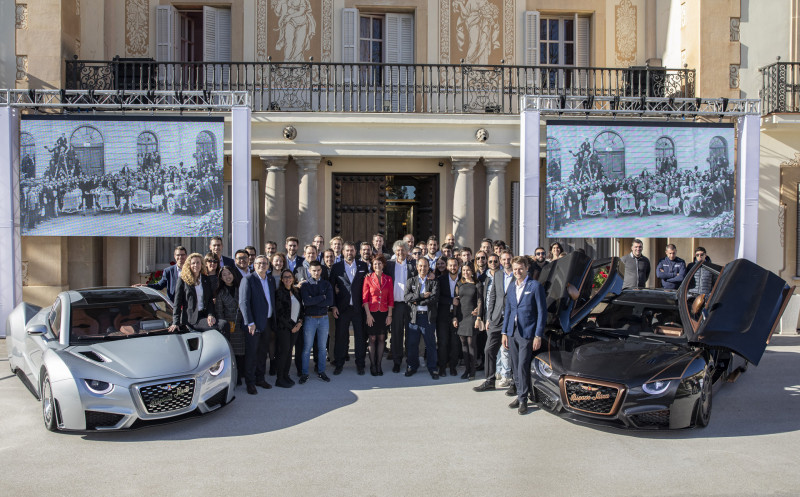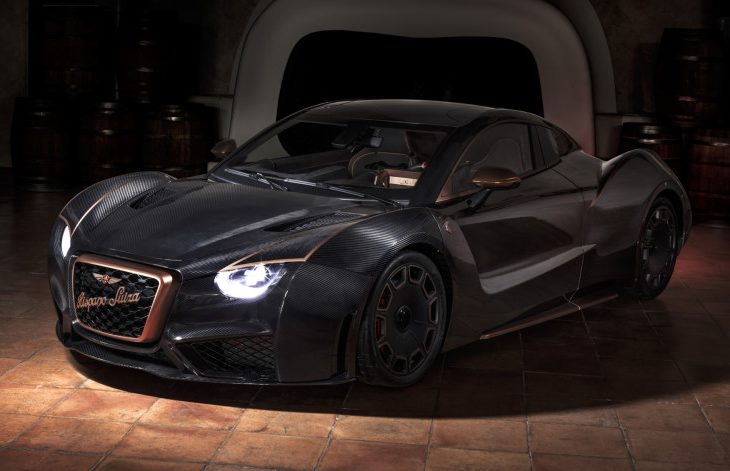Last year at this time, two startup companies were vying for rights to the name Hispano-Suiza, a defunct luxury auto manufacturer that was, in its day, the Spanish equivalent of Rolls, Daimler and Bugatti. Like the other marques’ produce, a Hispano-Suiza was a Western European car that was both a cosmopolitan expression and a national one.
The two companies attempting the reboot had very different visions for the reborn Hispano-Suiza. One, a German interest, developed a hypercar with very contemporary fastback lines: the Maguari HS1 GTC. The other, a Spanish interest, rolled out the Carmen, a very different animal indeed, and not only because it’s an EV. Now they’ve rolled out a variation on the theme, the Carmen Boulogne, which may or may not indicate that the war of the Hispano-Suizas is all over but the crying.
In our previous look at the Carmen, we described the car as a ‘sculpted paean to the golden age of coachbuilding, with the soul of a pre-war wanderer, the heart of a 21st-century eco-activist, and a name cribbed from Bizet.’ But the company’s newest version of the Carmen is even more broadly literate in its expression.
The Boulogne has been described as ‘steampunk’, and it does wander into glossy engineered romance, like its predecessor. Like the Carmen, it shows a bit of art deco influence; the name Boulogne, too, is an homage, as the original Hispano-Suiza used it in the 1920s for a series of its H6 model cars.
The car’s drivetrain is comprised of a pair of electric motors—both rear axle—and an 80-kWh battery; the car is rated at 1,114 horsepower and 1,180 pound-feet of torque. It has a range of 250 miles, and a top speed of 180 MPH. It can make the 0-62 MPH leap in a little over 2.5 seconds.
The company—that is, this Hispano-Suiza, and not the other Hispano-Suiza—plans to only make 19 examples of the Carmen Boulogne. The H6 was introduced in 1919, you see.
